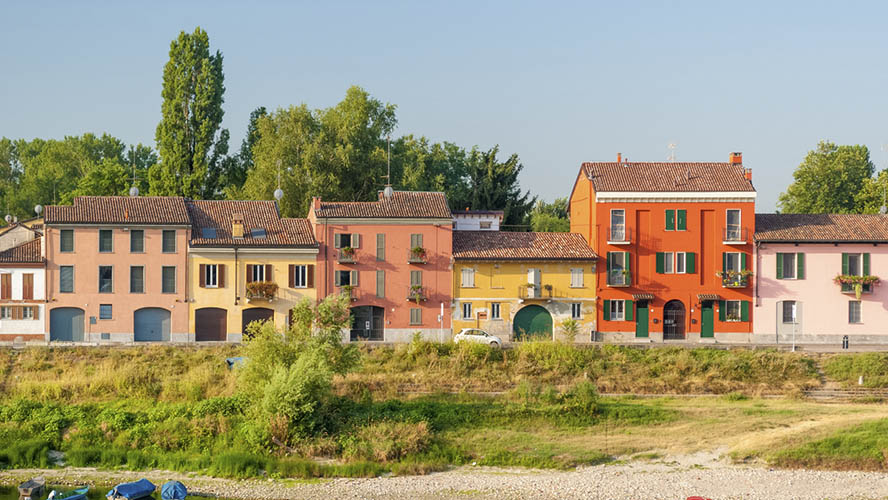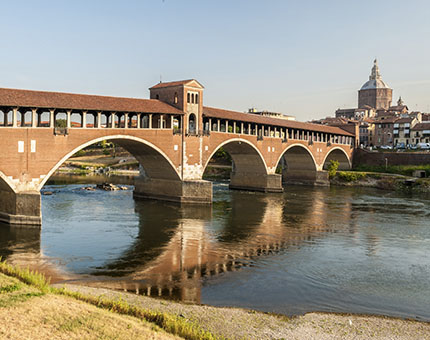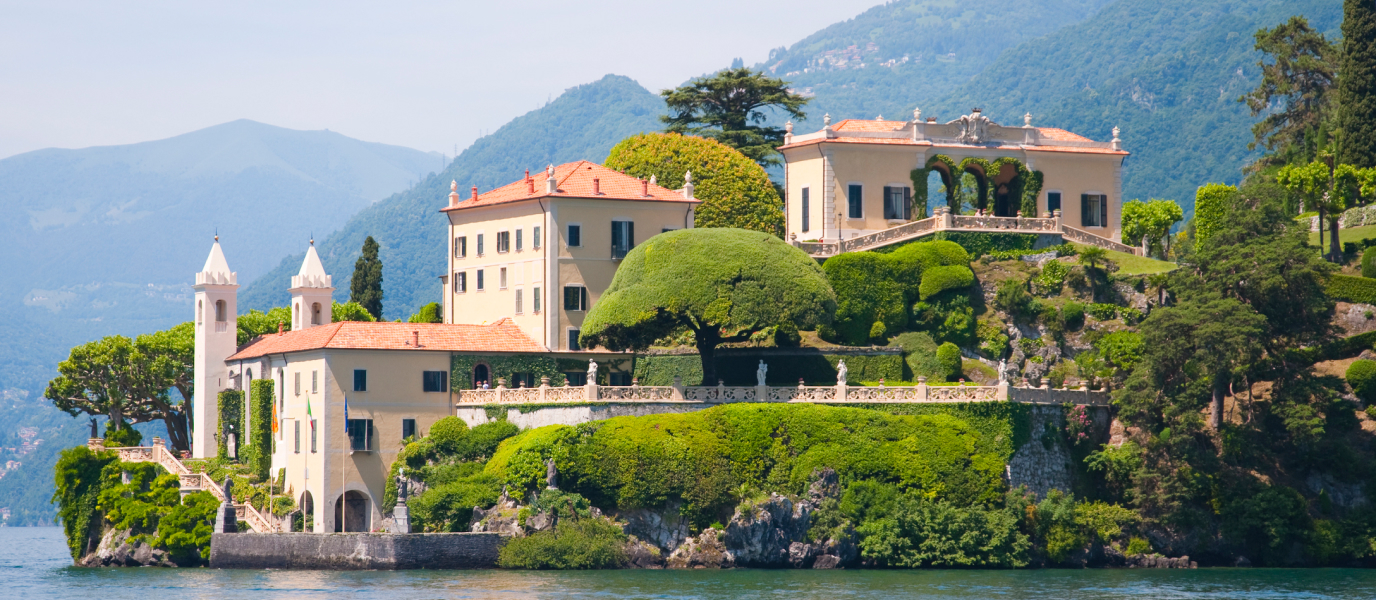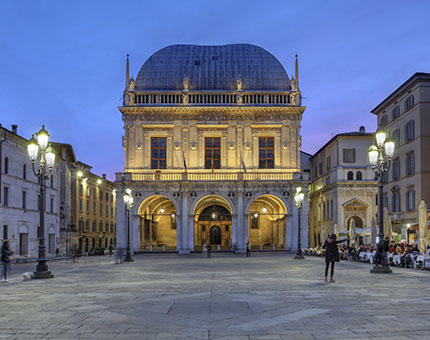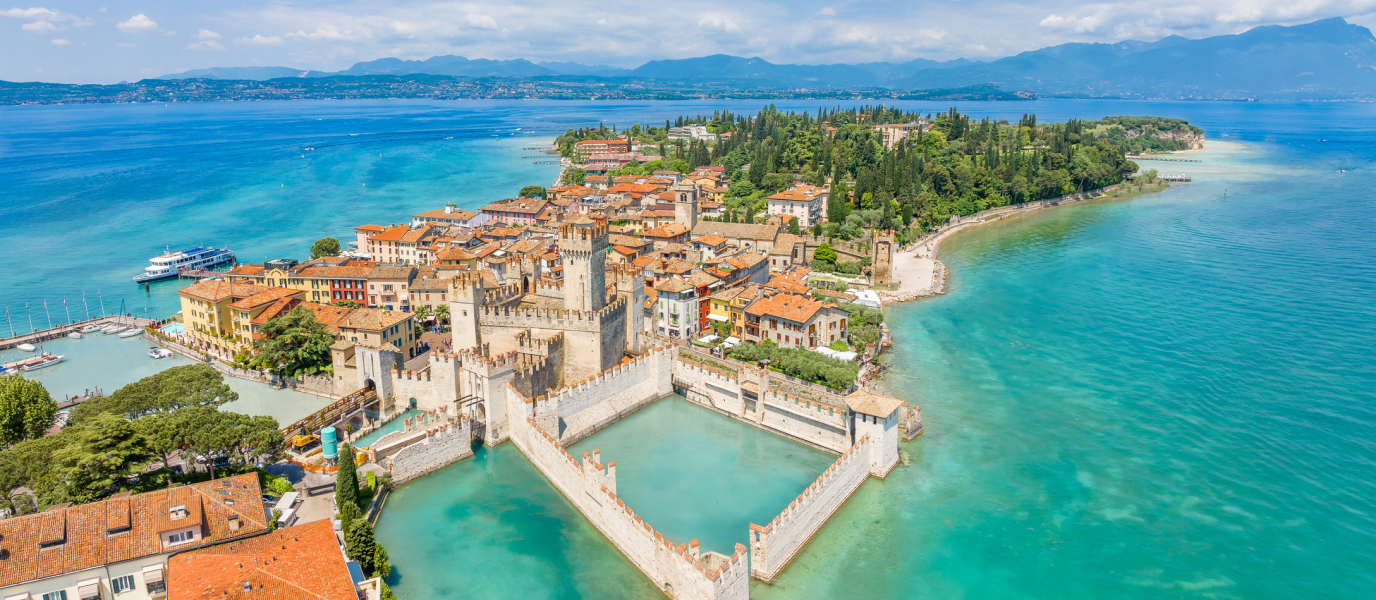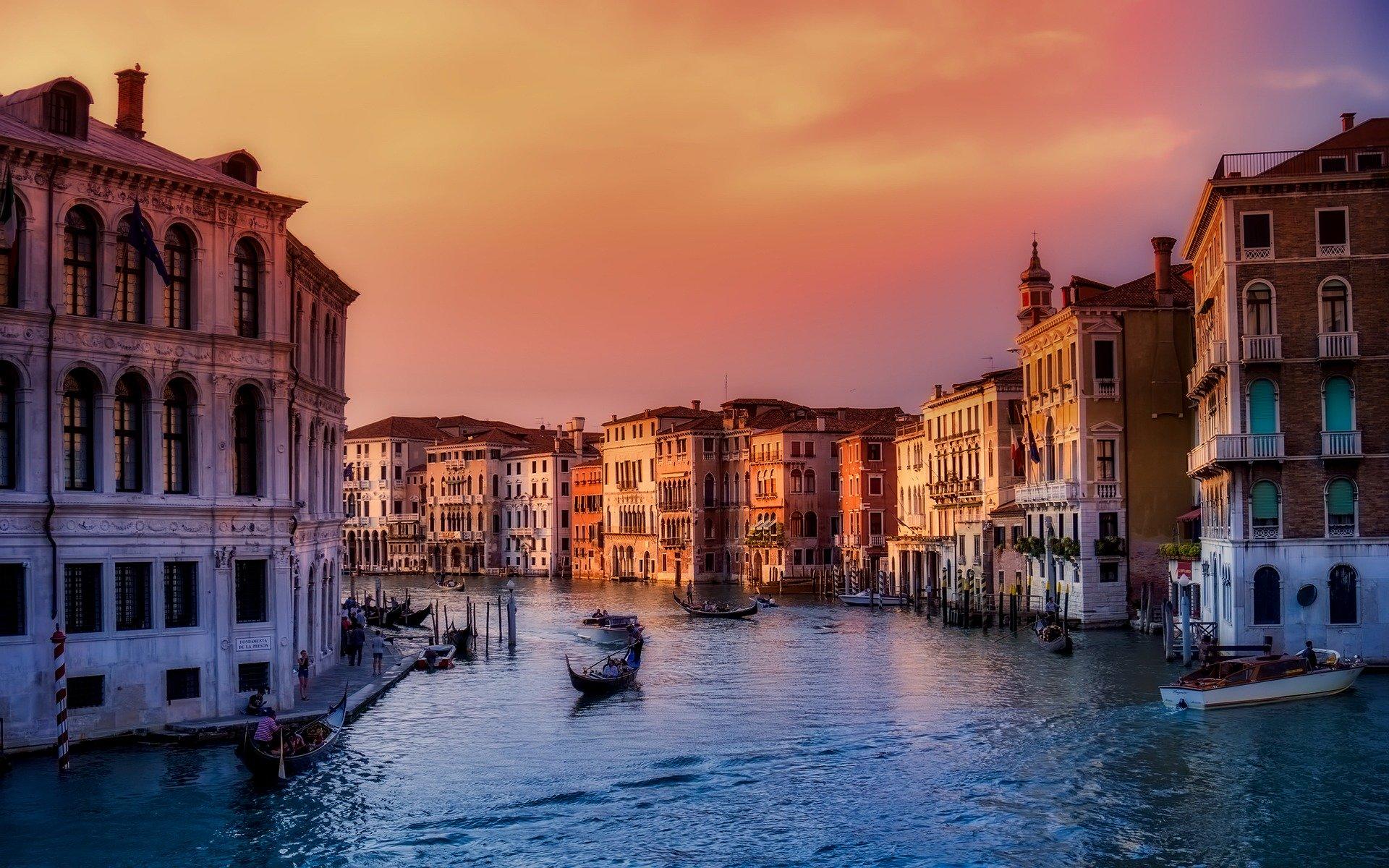There’s so much to see in Pavia that a day trip won’t be enough to appreciate the scale of this small city’s history, art and nature. But you can always try!
Pavia’s relationship with the Ticino River goes a long way to explaining its former splendour and is one of the reasons that there’s so much to see in the city. It’s also been boosted by the Pavia government and local population who have worked over the centuries to preserve its heritage, despite numerous changes in fortune, particularly wars and ransacking.
The Ticino, a tributary of the Po, gave (and continues to give) the city its prosperity by irrigating the fields in the province of which Pavia is the capital. And where the city and river meet, visitors can take wonderfully picturesque photos of colourful houses in Borgo Ticino, the neighbourhood on the south bank.
It’s just one of Pavia’s many claims to fame – read on to discover several more.
What to see in the Italian city of Pavia
Pavia, like many other cities in Italy, originates from Roman times. Back then, it was known as Ticinum, like the river that runs through it. After being conquered by the Lombards, it became the capital of its kingdom and a truly prosperous city. This wealth explains why it was sacked so often and by so many different armies.
Its period of greatest splendour was during the Middle Ages and its intriguing urban plan dates from this time, with winding cobbled streets lined with houses and palaces built with thick stone walls. Homes topped by tall towers that look down on the river are one of the most picturesque sights to see in Pavia.
The city’s splendour declined when it was annexed to the Duchy of Milan in the 14th century, and it belonged to the Duchy for several centuries. In the 18th century it passed through the hands of various different foreign governments (Spanish, French and Austrian), similarly to other parts of the country.
Pavia Cathedral
No offence to the Monastery of La Certosa, which we’ll come to later, but the one monument you absolutely have to see in Pavia is the cathedral. Construction began on this Renaissance building at the end of the 15th century and it’s particularly unusual because it’s principally made of red brick. Several artists left their mark on the cathedral, including Leonardo da Vinci (link to URL Leonardo da Vinci Museum of Milan) who worked on its foundations.
Four centuries passed before it was finally finished; it has a distinctive Greek cross floor plan, with a nave and side aisles flanked by half-circle chapels. Its large octagonal dome is also impressive – it’s the fourth largest in Italy, measuring 97 m high with a 34 m diameter.
An interesting fact about this temple is that its crypt houses the remains of San Siro, the very same saint whose name is used by AC Milan fans for the Giuseppe Meazza Stadium (link to URL about San Siro) in Milan. San Siro was the first bishop of Pavia.
The cathedral also has an elaborate and highly valuable silver and glass reliquary that supposedly holds one of the thorns from Jesus’ crown of thorns, and this masterpiece of silverwork was made in the 18th century.
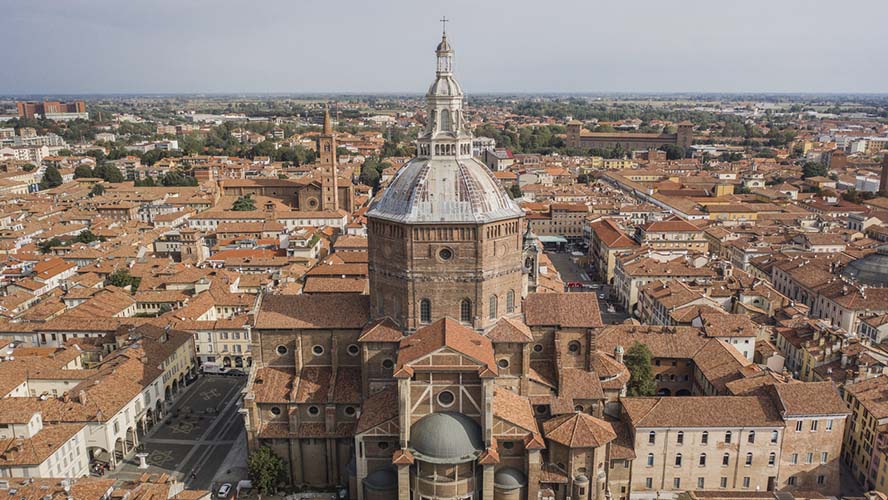
La Certosa Monastery
As we mentioned above, the main monument to visit in Pavia is the Monastery of La Certosa. It’s found about 8 km from the historic centre on the outskirts of the city.
This important Renaissance complex was founded in 1396 and is an outstanding example of the Renaissance style in northern Italy. Gian Galleazzo Visconti, Duke of Milan and Lord of Pavia, commissioned the building and intended it to be his family mausoleum.
Building work was carried out by the Carthusian monks who lived in the previously existing monastery. The result is a wonderful display of the Fine Arts applied to stone, with stained glass windows, mural painting in the domed ceilings, sculptures that add an artistic touch to the building’s façades, altarpieces and niches, among many other features. Lapis lazuli mosaics even decorate several parts of the monastery complex, and its two impressive cloisters remain virtually intact.
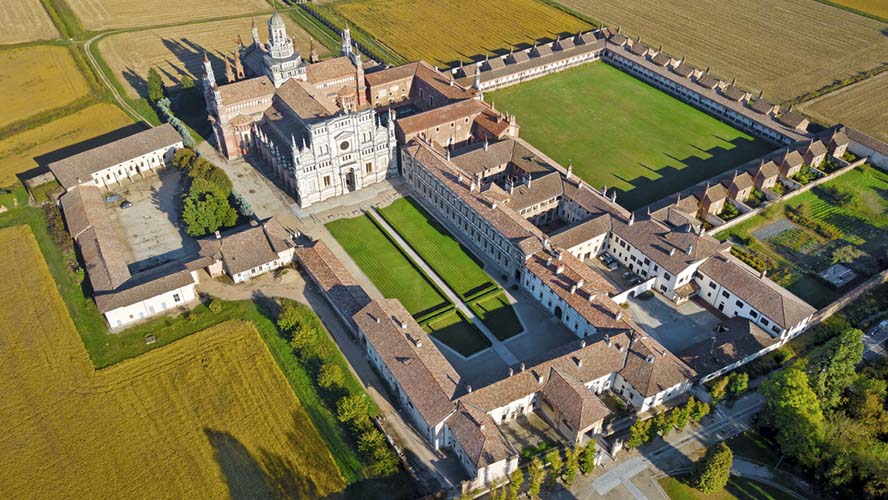
Basilica of San Pietro in Ciel d’Oro
This is a 12th century Romanesque church but its origins can be traced back to the 7th century. Its name refers to the gold leaf used behind the glass tesserae that decorate the ceiling of the apse.
Church of Santa Maria del Carmine
Construction began on this church in 1374 and it’s one of the finest examples of the Lombard Gothic. Its impressive façade dominates the square of the same name and the interior is thick with marble columns and pillars.
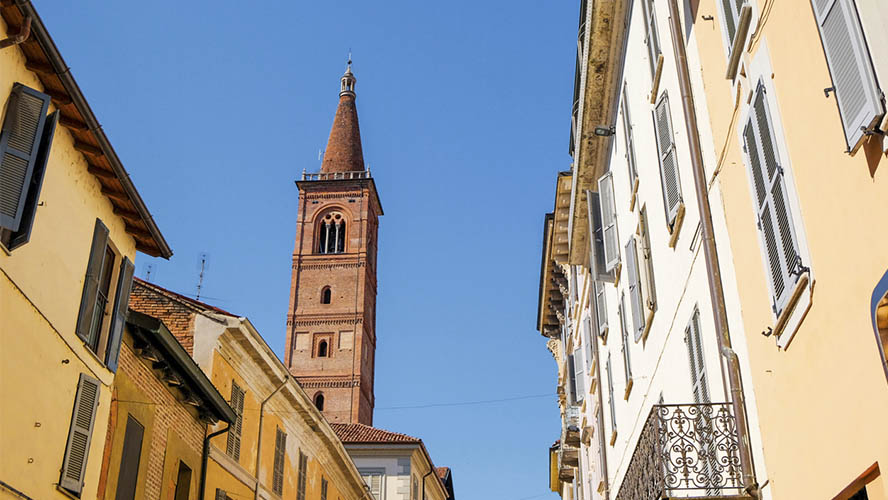
Visconti Castle
Built on the orders of Gian Galeazzo Visconti, first Duke of Milan, this was the residence of the lords of Pavia. The entire castle has a wealth of decoration, particularly the courtyard. The Blue Room is also of note, named for the use of lapis lazuli and other precious materials such as gold.
Ponte Coperto
The current bridge, which connects the historic centre of Pavia with Borgo Ticino, is a 1950s reconstruction of the old medieval bridge. The original was destroyed during the Second World War and, according to legend, had been built by the devil in a single night.
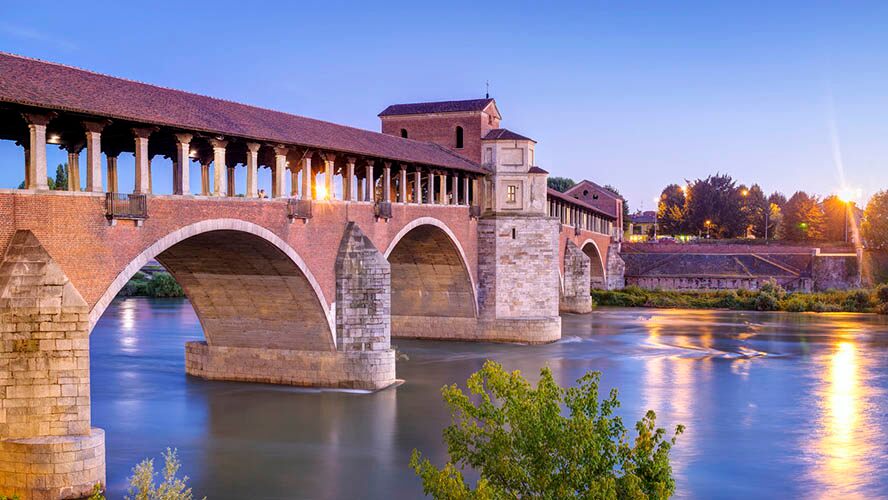
Borgo Ticino
The old fishing neighbourhood, famous for its brightly coloured houses.
